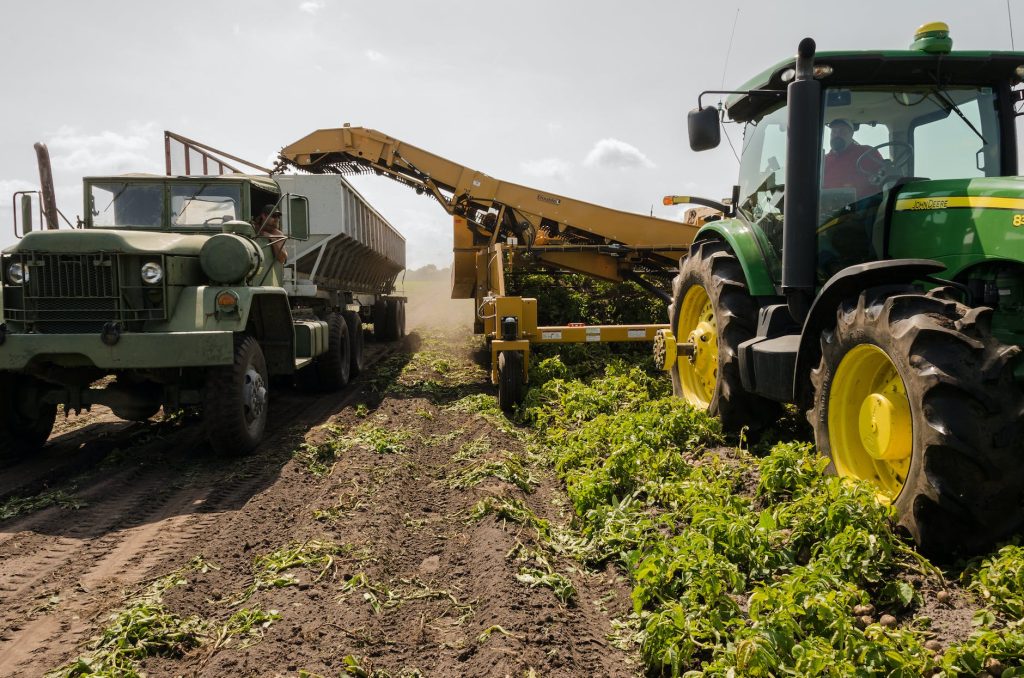Ruminant grassland production systems are a critical component of the Irish agricultural sector. It covers over 70% of agricultural land. Also, it is providing a source of income for around 120,000 farm families. In this article, we will explore the current state of ruminant grassland production systems in Ireland, the challenges they face, and the opportunities and future prospects for these systems.
State of Ruminant Grassland Production Systems in Ireland
Ruminant grassland production systems in Ireland are thriving, contributing significantly to the country’s agricultural exports. These systems are based on grazing cattle and sheep on pastures or grasslands. Also, they are known for their sustainability and low carbon footprint. The average stocking density of cattle and sheep on Irish farms is 1.5 and 7.3 livestock units per hectare, respectively.
Challenges Facing Ruminant Grassland Production Systems in Ireland:
- Climate Change and Weather Patterns: Climate change has a significant impact on ruminant grassland production systems in Ireland. Changes in weather patterns, such as increased rainfall and flooding, can result in lower grass yields, reduced forage quality, and increased animal health problems.
- Land Availability: The availability of land is a significant challenge for ruminant grassland production systems in Ireland. There is increasing competition for land, particularly with the expansion of other agricultural sectors. Plus, the development of non-agricultural land uses.
- Animal Health: Animal health is another challenge facing ruminant grassland production systems in Ireland. Disease outbreaks, such as liver fluke and bovine tuberculosis, can impact animal productivity and welfare, and increase costs for farmers.
- Consumer Preferences: Changing consumer preferences, particularly with regards to animal welfare and environmental sustainability, present challenges and opportunities for ruminant grassland production systems in Ireland.
Opportunities for Ruminant Grassland Production Systems in Ireland:
- Sustainable Production: Ruminant grassland production systems are recognized for their sustainability and low carbon footprint. There are opportunities to further develop and promote these systems to meet consumer demand for sustainable food production.
- Technology and Innovation: Advancements in technology and innovation, such as precision farming and genetic improvement. It can help improve productivity and efficiency in ruminant grassland production systems in Ireland.
- Diversification: There are opportunities for diversification in ruminant grassland production systems, such as the production of niche products and the development of agri-tourism.
Future Prospects for Ruminant Grassland Production Systems in Ireland:
- Environmental Sustainability: The environmental sustainability of ruminant grassland production systems is crucial for their future prospects. The development of sustainable land management practices, such as agroforestry and reduced tillage, can help mitigate the impact of climate change and enhance biodiversity.
- Animal Health and Welfare: The future prospects of ruminant grassland production systems in Ireland depend on maintaining high standards of animal health and welfare, and preventing the spread of disease.
- Policy and Funding: Policy and funding support from the Irish government and the European Union is essential for the future viability of ruminant grassland production systems in Ireland. This support can help farmers overcome challenges, adopt new technologies, and promote sustainable practices.
Conclusion
Ruminant grassland production systems in Ireland face several challenges. But, there are also opportunities for sustainable production, technological innovation, and diversification. The future prospects of these systems depend on maintaining high standards of animal health and welfare, developing sustainable land management practices, and securing policy and funding support from the Irish government and the European Union.

